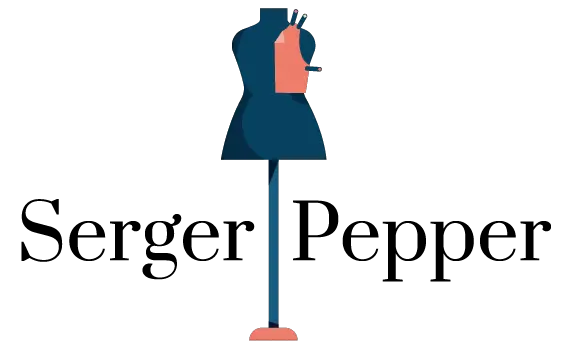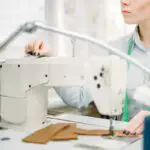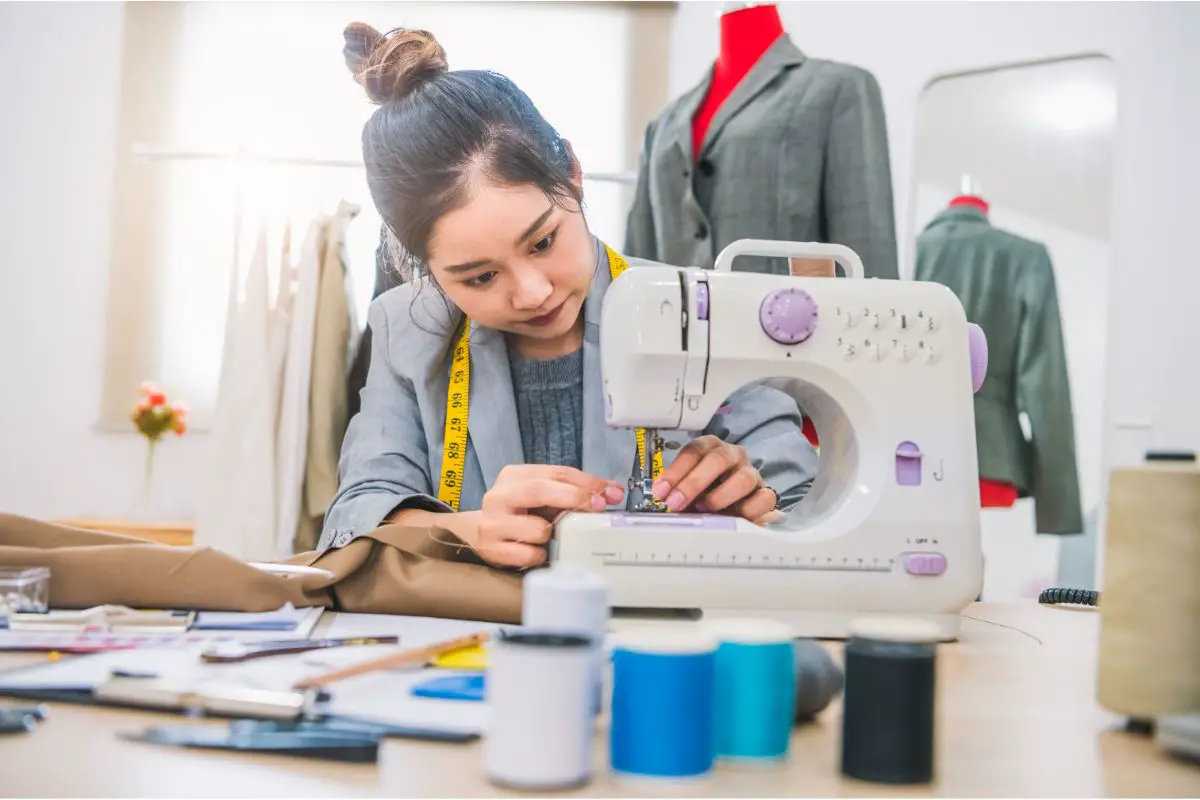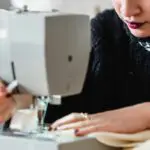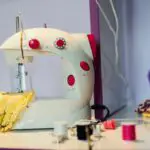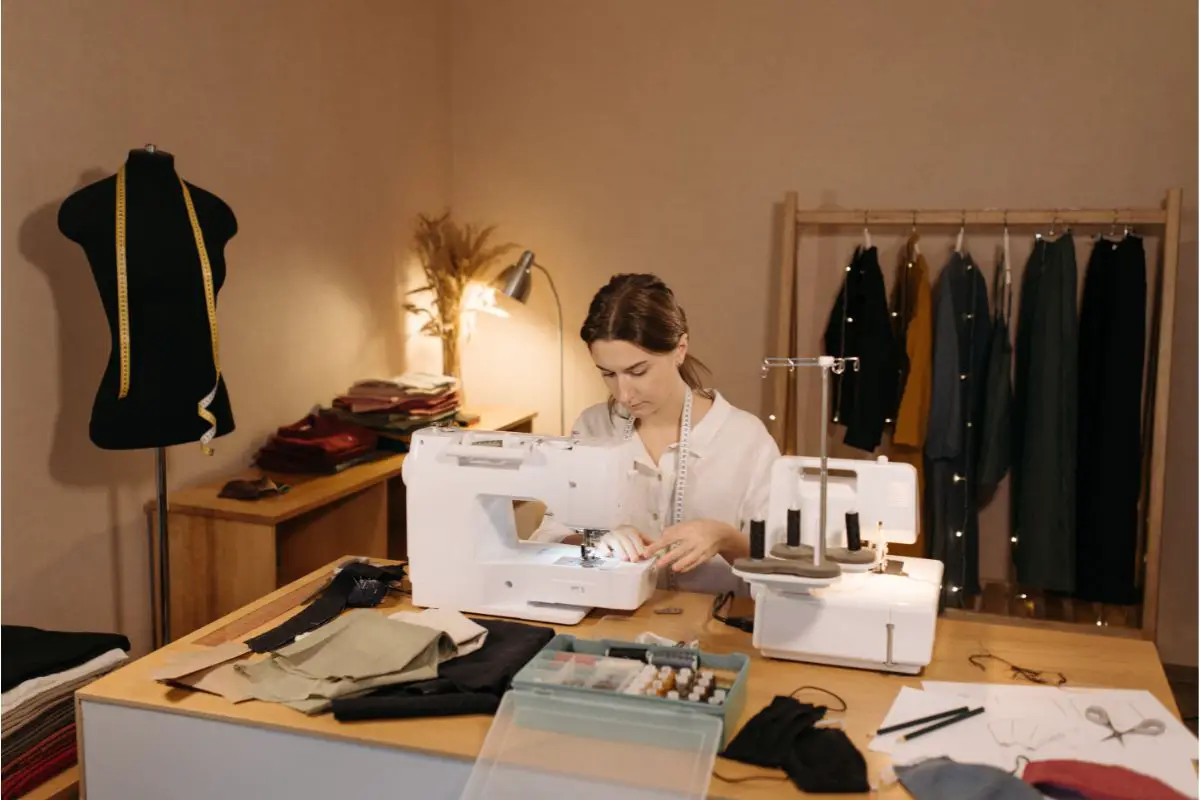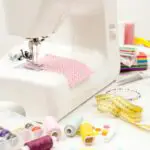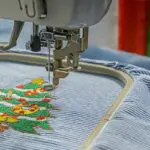Sewing scissors are an essential tool for any tailor, seamstress, or avid crafter. Keeping your scissors sharp and clean will ensure that they stay in working order and last as long as possible. Unfortunately, most fabric scissors will eventually go dull due to regular use.
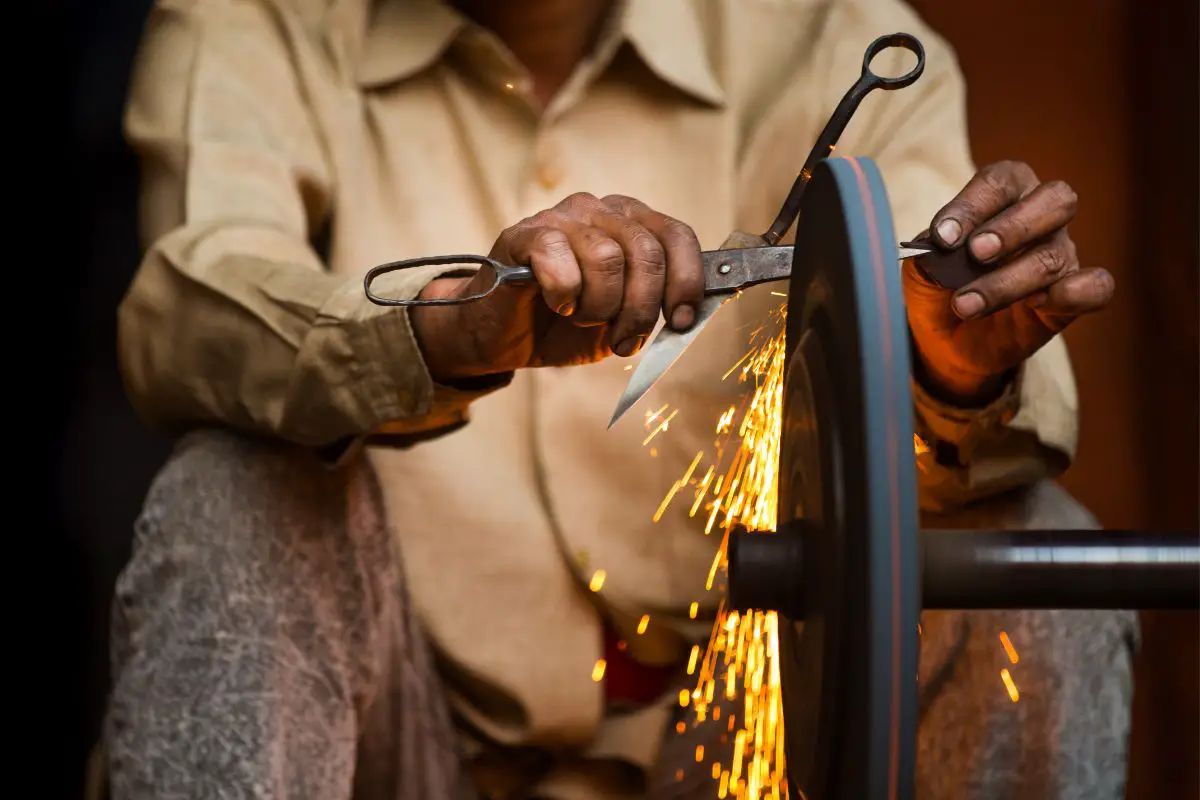
Not to worry, though – with a few simple steps, you can easily sharpen your sewing scissors right at home!
Gather The Necessary Tools
Before you embark on sharpening your sewing scissors, gather the following tools:
- A sharpening stone or a sharpening tool specifically designed for scissors.
- A soft cloth or towel.
- A small brush or toothbrush for cleaning.
Clean Your Scissors
Sharpening needs to take place on a clean surface, and so this needs to be your first stage. Begin by cleaning any dirt, lint, or residue from your sewing scissors, and use a small brush or toothbrush to gently remove any debris that may be stuck in the blades.
This step ensures that you have a clear surface to work on and prevents any foreign particles from interfering with the sharpening process.
Assess The Scissors
This is a good chance to analyze the condition of your scissors and ensure that they are clean and smooth.
Take a moment to examine your scissors for any nicks, chips, or blade misalignment; if you notice any significant damage, it may be best to seek professional help or consider replacing the scissors. Minor nicks or misalignments can often be addressed during the sharpening process.
Choose The Sharpening Method
There are two common methods for sharpening sewing scissors: using a sharpening stone or using a specialized sharpening tool. Choose the method that suits your preferences and availability.
Sharpening With A Stone
One of the main methods of sharpening scissors is to use a sharpening stone. This method is straightforward and can be done with minimal tools. Start by gently rubbing the blades of your scissors along the stone in a single direction, alternating sides each time.
Be sure to keep the pressure even and consistent for both blades. Depending on the condition of your scissors, you may need to repeat this step several times until both edges have been sharpened evenly.
Sharpening With A Specialized Tool
If you have access to a sharpening tool specifically designed for scissors, then this may be your preferred method. The process is similar to using a stone, but the tool can help you maintain an even pressure and provide more control over the sharpening process.
To use this type of tool, simply hold it in one hand while gently guiding the blades of the scissors across the tool with the other. Again, you may need to repeat this step several times until both blades are sharpened evenly.
Finishing Touches
Once you have finished sharpening your scissors, use a soft cloth or towel to wipe away any debris or residue from the blades. This will help ensure that your sewing scissors stay clean and in working order for longer.
Test The Scissors
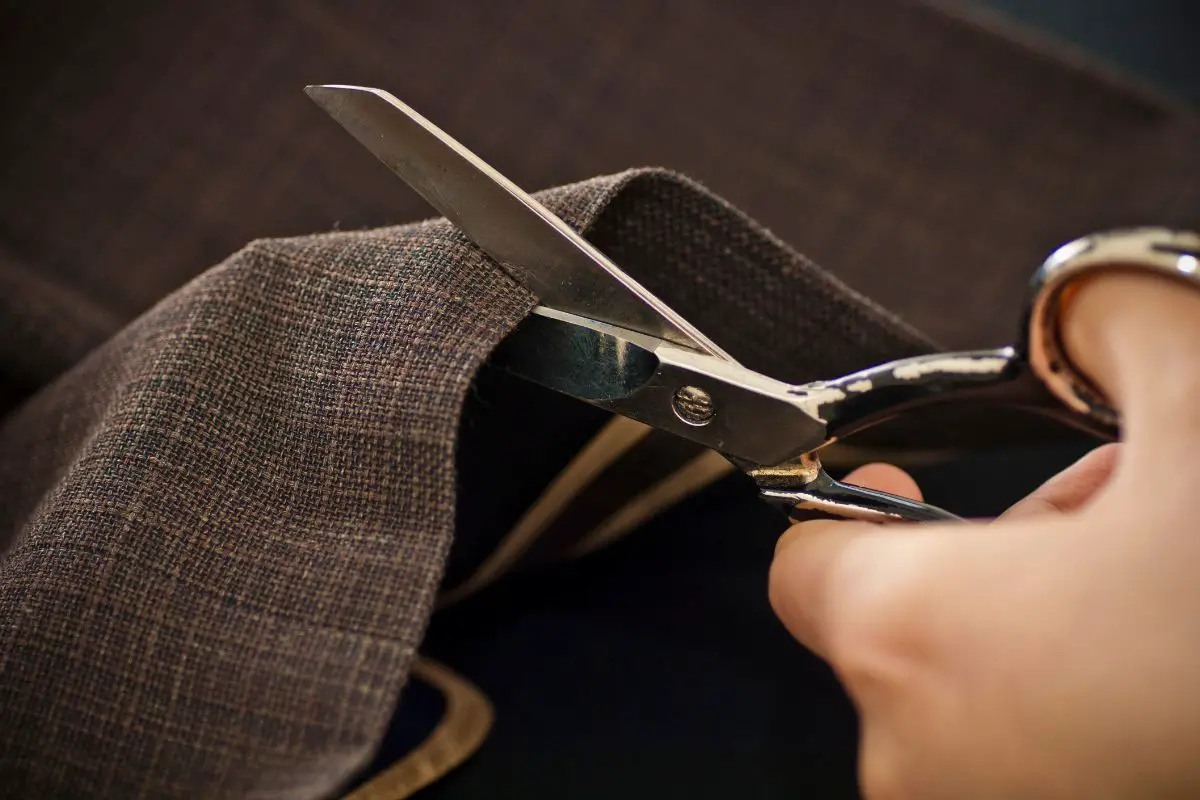
After sharpening your sewing scissors, it’s crucial to test their sharpness – you can cut through a scrap piece of fabric to help you evaluate the improvement.
If the scissors are still not as sharp as desired, repeat the sharpening process until you achieve the desired cutting performance.
Maintain Sharpness
To keep your sewing scissors in optimal condition, it’s important to clean and sharpen them regularly. As a general rule, most fabric scissors should be sharpened at least once every six months. This will help ensure that your scissors remain in top condition for many years to come.
Why Is It So Important To Sharpen Your Scissors?
Keeping sewing scissors sharp is essential, as it helps to ensure that your fabric cuts are smooth and precise. Dull scissors can cause fraying and rough edges on the fabric, while also making it harder to control the cutting direction.
Regular sharpening will help extend the lifespan of your scissors and make sewing projects much easier. Some of the benefits of sharpening your scissors include:
Smoother Lines
One of the main benefits of sharpening your scissors is that it can help you achieve cleaner, smoother lines on your fabric. Sharp scissors can glide through the material much easier than dull blades, which will result in more precise and even cuts.
Easier Cutting
Sharpening your scissors will also make the cutting process much easier and less tiring. Dull blades require far more effort to use compared to a sharp pair of scissors, so it’s much easier (and safer) to use sharp blades for any fabric-cutting projects.
Improved Durability
Finally, regular sharpening can help extend the lifespan of your sewing scissors. Sharp blades are far less likely to suffer from wear and tear compared to dull ones, so you will get more use out of your scissors overall.
Preventative Maintenance
To prevent your sewing scissors from becoming dull over time, there are a few simple steps you can take to maintain their sharpness.
Store In A Safe Place
One of the best ways to prevent dulling in scissors is to store them safely when not in use. Keep your scissors in a safe place away from high heat or moisture, as this will help protect the blades from becoming dull.
Wipe The Blades After Use
It’s also important to wipe down the blades of your scissors with a clean cloth after each use. This will help remove any dust or debris that may have built up on the blades, which can cause dulling over time.
Use The Right Fabric
Last but not least, you should always use scissors that are suitable for cutting through the type of fabric you’re working with. Some fabrics are tougher or more delicate than others, so make sure to choose a pair of scissors designed specifically for the type of fabric you’re using.
Final Thoughts
Sharpening your sewing scissors is an important part of maintaining them for optimal performance.
With the right tools and techniques, you can easily keep your scissors in top condition and enjoy better results when working on fabric projects, and ensure that your scissors last for many years to come.
- How To Sew Fabrics Together - June 5, 2023
- How Many Stitches Per Inch? - June 5, 2023
- How Long Does It Take To Sew A Dress? - June 5, 2023
